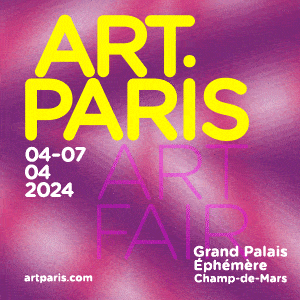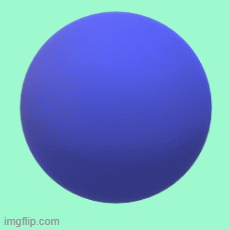Whitehot Magazine
May 2024
"The Best Art In The World"
"The Best Art In The World"
May 2024
May 2007, WM issue #3: Taravat Talepasand @ Heather Marx Gallery

Taravat Talepasand at Heather Marx Gallery
Taravat Talepasand, an Iranian-American, deftly celebrates and antagonizes two very different cultures in a series of perplexing and delicate drawings and paintings. Much of her symbolism is obscure to Western viewers -- and presumably to Iranian viewers as well -- but her images are potent and stunning, and their unfamiliar sources only increase their appeal.
Talepasand holds a recently minted MFA from the San Francisco Art Institute, but she also studied Persian miniature painting in Iran . Persian miniatures reached their zenith in the 15th century, and, like western painting at the time, served to illuminate history, legend, and religion (the Shia version of Islam practiced by the Persians allowed representation of the human figure, albeit clothed). Here, Talepasand uses the eloquent linear forms of the Persian miniature to great effect, but departs from the tradition by authoring her own complicated stories. Her stories touch upon women, herself, Islam, the West, sensuality, sorrow, seduction, and the radiant and idealized power of the sun and the Iranian/Persian past.
In Amorous Couple, two female lovers (both herself) engage in a tense embrace. One is reticent, the other more eager; one is dressed in pure white, the other wears heavier crimson and blue robes recalling the Virgin Mary in western painting. This duality reappears in many of her works, and recalls the title of the show, Seeya and Sefeed (black and white) -- and her own dual heritage. Pomegranates, wine, and arabesque architecture heighten excitement and fear.
Talepasand lingers over sensual detail. Each figure’s fingers are bent just so, the folds of fabric are carefully rendered, and eyebrows are raised to a precise degree of skepticism or desire. Her palette is a constellation of highly unusual colors -- burnt oranges, reds, and yellows coupled with greens -- that recall the Iranian flag and a drier, redder, and unfamiliar landscape.
Talepasand builds on the western tradition of self-portraiture by illustrating multiples of herself that speak, seduce, whisper to and cajole each other. Her dueling self-portraits may refer to her dual heritage, but more broadly and eloquently they personify any internal debate that can split a person in two.
In some less self-revealing self-portraits, she places her own image inside a radiating, geometric sun. These works play on symbolism in the pre-revolutionary Iranian flag, and cast herself as a god-like mother-protector-illuminator -- something that would surely antagonize both nationalist and fundamentalist constituencies in Iran.
Impishly, Talepasand also enjoys offending her western audience. In the unnerving painting Welcome Jihad, she scrawls “jihad” in dripping arabesque script above a green diamond. It reads as propaganda for jihad, yet Talepasand clearly enjoys her freedom as an American woman and artist. Any credit gained for approaching such a fractious subject is immediately undone by its vicious or at best confused message.
The show is a rare must-see for anyone interested in beautifully crafted and (with one exception) thoughtful painting.
Through June 2 at Heather Marx Gallery, 77 Geary Street, 2nd floor, San Francisco. Tuesday through Friday, 10.30-5.30pm; Saturday 11-5pm. www.heathermarxgallery.com/artist.php?artistID=22#












